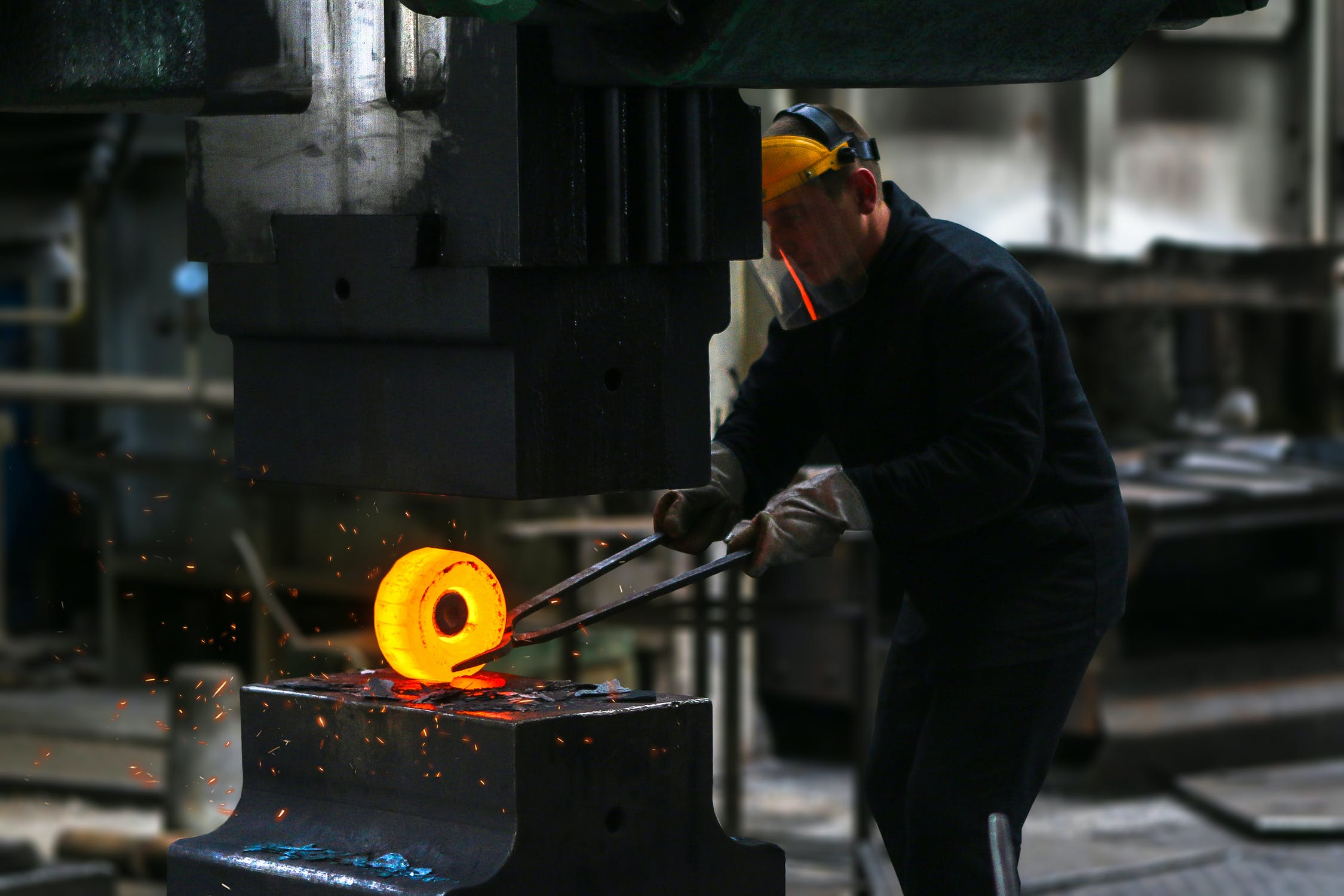Where Does the Manufacturing Industry Go From Here?

The manufacturing industry in the United States has had a rough couple of decades, but it’s beginning to get its momentum back. After facing issues like economic recessions, offshoring, and the COVID-19 pandemic, manufacturers and aspiring entrepreneurs are hopeful for a brighter future. But where does the manufacturing industry go from here? How could we see this industry develop over the next couple of years and over the next couple of decades?
The Near Future of Manufacturing
Let’s start by looking at the near future of manufacturing. How will the manufacturing industry develop over the next several years?
· Cost issues. Initially, we’re going to see some cost issues prohibiting manufacturing businesses from reaching their full potential and discouraging entrepreneurs from starting new businesses. Technological advancements, from more sophisticated robots to better manufacturing inventory management software, are double-edged swords; while they confer tremendous advantages in terms of efficiency and productive capacity, they also tend to be expensive from the outset. Because it costs hundreds of thousands to millions of dollars to start a manufacturing business, this will have an inhibitory effect on development in the industry.
· Supply chain woes. The problem may be complicated by supply chain woes. Thanks in large part to the COVID-19 pandemic, international supply chains have been severely disrupted and may not return to capacity for several years.This makes it difficult to get the equipment, supplies, and parts you need, such as materials and handling equipment, to make your manufacturing business a success. This puts pressure on existing manufacturers and increases the inhibitory effect on new business development.
· Hybrid work models. We’ll also see manufacturing businesses adopt hybrid work models, embracing at least some elements of remote work to save money and keep workers productive and happy. Because physical manufacturing requires a physical location, manufacturing may never be truly remote, but a partially distributed workforce could ease cost issues and help manufacturing businesses regain their footing.
· Sustainability. For variety of reasons, more manufacturers are focusing on sustainable manufacturing. By reducing their carbon footprint, embracing sustainable change, and even practicing social sustainability, manufacturers are broadening their potential audience, improving their reputation, saving money, and positioning themselves for a better long-term future. In particular, in the manufacturing industry, sustainability is additionally centred around the workers by providing better and healthier working conditions, such as better hours, safety gear and dust control systems by Searose.
· IIoT. We’ll also see more advancements in the field of the Industrial Internet of Things (IIoT), improving transparency and reducing costs. Small electronics, coordinated in the same network, can help with tracking, automation, monitoring and visibility, and countless other improvements. The IIoT revolution has already begun, with millions of new devices entering the field. But in the next few years, we’re poised to see an even bigger explosion.
The Distant Future of Manufacturing
Now let’s expand our time horizon and focus on the distant future of manufacturing. When decades begin to pass, what kind of changes can we expect?
· AI and machine learning. Already, some manufacturing businesses are taking advantage of AI and machine learning to improve their industrial processes. Smart software, automation platforms, and other applications utilize sophisticated analytic capacities to identify opportunities to save money and streamline efficiency. In the future, these capabilities will become even more robust, helping manufacturers optimize many different areas of their business simultaneously.
· Next-gen 3D printing. The future of 3D printing also looks promising for manufacturers. In some ways, this poses a threat to traditional manufacturing, but we also have to remember it opens the door to new types of entrepreneurship and manufacturing business management. 3D printing services greatly expand manufacturing capacity and in the coming years, could dramatically reduce costs.
· Distributed and modular manufacturing environments. While remote work, in its truest sense, may never come to the manufacturing industry, we may see the rise of distributed and modular manufacturing environments. With the help of 3D printers and other, similar technologies, parts can be developed and assembled almost anywhere.
· The transformation of offshoring. Offshoring is also poised to undergo a radical transformation. In the past several decades, offshoring has been a problem for manufacturers and the United States economy overall; companies would hire teams than other companies to reduce costs, often at the expense of quality. But since many of these foreign economies are developing strongly, offshoring could come to end. Even better, many of those external companies can start offshoring their own work here, resulting in a much more cohesive international economic environment.
It’s almost impossible to predict the future about any topic, especially one as economically complex as the manufacturing industry. Some of these predictions will almost certainly come true, simply due to statistical probability, while others may fail to develop. More importantly, the biggest and most impactful changes that shape economic industries tend to be sudden and unpredictable – so it’s entirely possible that the manufacturing industry will undergo a radical transformation in the face of some event or development that we can’t currently comprehend.
